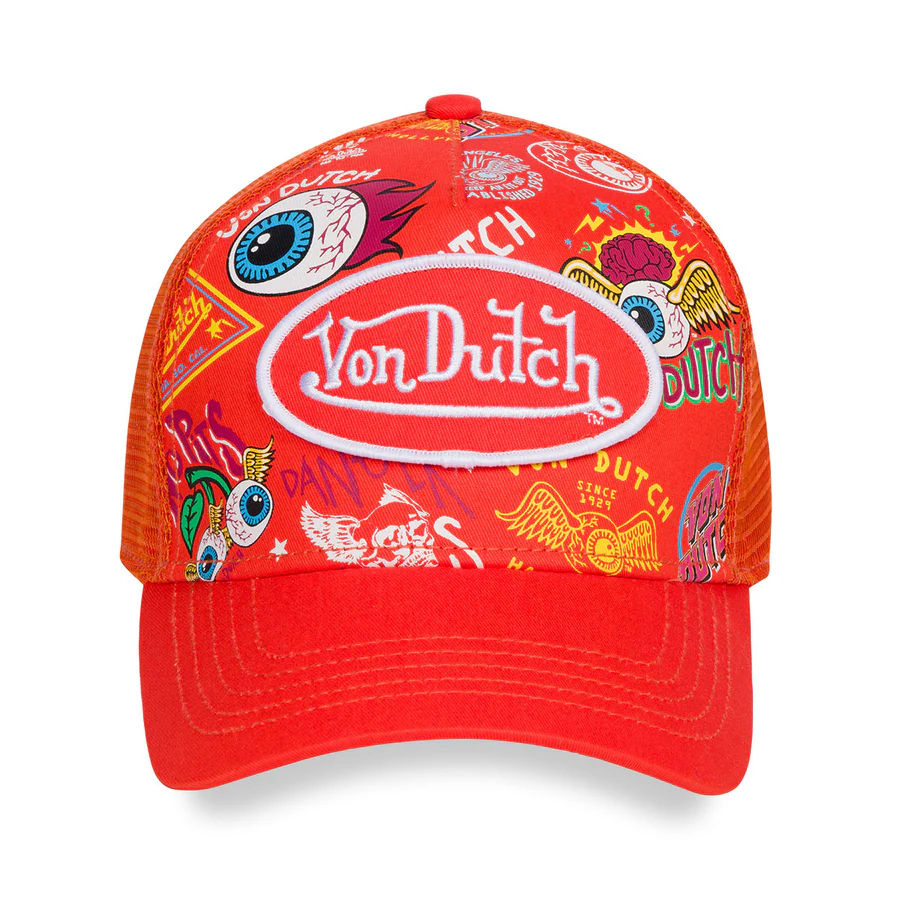Fashion is more than just clothing; it’s a reflection of culture, society, and individual expression. Throughout history, fashion has undergone significant transformations, influenced by various factors such as technology, social movements, and artistic trends. This article explores the fascinating journey of https://vondutchhat.us/ fashion through different eras, highlighting key developments and iconic styles that have shaped the way we dress today.
Ancient Roots Origins of Fashion:
Fashion finds its origins in ancient civilizations such as Egypt, Greece, and Rome. In these early societies, clothing was not only practical but also symbolized social status, wealth, and religious beliefs. Fabrics like linen and wool were commonly used, and garments were often draped or wrapped around the body.
Medieval Elegance The Age of Chivalry:
The Middle Ages brought a shift in fashion, characterized by elaborate garments, rich fabrics, and intricate embroidery. Nobility and royalty flaunted opulent clothing adorned with jewels and precious metals, while commoners wore simpler attire made from wool and linen.
Renaissance Rebirth Art and Fashion Flourish:
The Renaissance period marked a revival of arts and culture, leading to a newfound appreciation for aesthetics in fashion. Italian cities like Florence and Venice became centers of style, with luxurious fabrics such as silk and velvet in vogue. The era also saw the emergence of tailored garments and the concept of fashion as a form of self-expression.
Baroque Extravagance Grandeur:
The Baroque era was characterized by opulence and grandeur in fashion. Elaborate costumes adorned with lace, ribbons, and intricate embellishments became popular among the aristocracy. This period also saw the rise of fashion houses and designers who catered to the elite’s desire for luxury and exclusivity.
Enlightenment Simplicity Rational Dressing Emerges:
The Age of Enlightenment brought about a shift towards more practical and rational dressing. Influenced by philosophical ideas of reason and logic, clothing became simpler, with a focus on comfort and functionality. This era laid the groundwork for modern tailoring techniques and the democratization of fashion.
Victorian Elegance Fashion and Morality:
The Victorian era was characterized by a complex interplay of fashion and societal values. Strict dress codes dictated appropriate attire for different occasions, reflecting moral standards and social hierarchies. The period also saw the rise of fashion magazines and couture houses, shaping trends and influencing consumer behavior.
Roaring Twenties Flappers and Jazz Age Chic:
The 1920s marked a revolutionary period in fashion, symbolizing freedom, rebellion, and liberation. The “flapper” style, characterized by short hemlines, loose silhouettes, and bold accessories, challenged traditional norms and embraced a more modern and daring aesthetic. Jazz music and the rise of cinema further fueled the era’s fashion trends.
Mid-Century Modern Post-War Revival:
The mid-20th century witnessed a post-war revival in fashion, marked by optimism, innovation, and a departure from wartime austerity. The 1950s saw the emergence of iconic styles such as the “New Look” by Christian Dior, emphasizing hourglass silhouettes and feminine elegance. The 1960s brought about a cultural revolution with the rise of youth-oriented fashion and the influence of icons like Twiggy and the Beatles.
Decades of Diversity Fashion in the Late 20th Century:
The latter half of the 20th century was characterized by diversity and experimentation in fashion. The 1970s embraced bohemian styles, disco glamour, and the influence of cultural movements like hippie and punk. The 1980s exuded excess and extravagance with bold colors, shoulder pads, and power dressing. The 1990s saw a return to minimalism and grunge aesthetics, reflecting a shift towards casual and anti-establishment fashion.
Modern Fusion Globalization and Digital Age Trends:
Today, fashion is a melting pot of influences from around the world, thanks to globalization and digital connectivity. Designers draw inspiration from diverse cultures, art forms, and sustainability movements, creating a tapestry of styles that cater to a wide range of tastes and preferences. Technology has also revolutionized the industry, from online shopping to virtual fashion shows, reshaping how we engage with and consume fashion.
Conclusion:
The evolution of fashion is a testament to human creativity, innovation, and cultural evolution. From ancient traditions to modern trends, fashion continues to evolve, adapt, and inspire, reflecting the ever-changing dynamics of society and individual expression.
